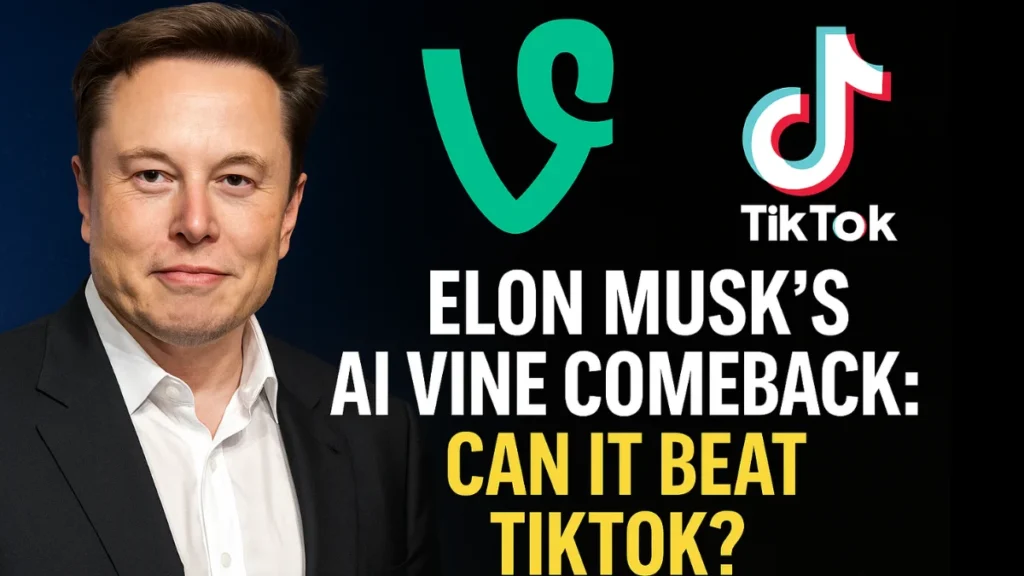In a surprise July 24 tweet, Elon Musk announced the return of Vine—this time powered by AI, sparking excitement (and a $VINE token rally) as creators wonder: can algorithms recapture that six‑second magic?
Key Takeaways:
- AI-Enhanced Creativity: New tools to auto-edit, remix, and suggest trends.
- Crypto Buzz: $VINE token surges amid Musk’s announcement.
- Competitive Pressure: Aiming squarely at TikTok’s throne.
- Human Touch Debate: Will AI dilute Vine’s original charm?
Elon Musk’s tweet on July 24 sent social‑media markets into a frenzy: “We’re bringing back Vine, but in AI form.” Within hours, the $VINE token jumped by double digits, as crypto enthusiasts and content creators alike buzzed with anticipation. Musk’s move signals a bold play to reclaim short‑form video territory—and it couldn’t come at a more competitive time.
Gone are the days of purely human‑crafted six‑second loops. The new Vine promises AI‑driven features designed to lower the barrier for eye‑catching clips. Think instant cropping, auto‑captioning, on‑trend soundtrack suggestions, and even generative filters that adapt in real time to your footage. According to insiders, users will get “smart storyboards”—AI‑curated shot sequences that help you tell a narrative without finesse or editing skills.
Elon Musk in a new tweet:
— Pop Base (@PopBase) July 24, 2025
“We’re bringing back Vine, but in AI form.” pic.twitter.com/TtPJYxP42R
Yet amid claps and cheers, some longtime Vine fans are skeptical. The original platform thrived on raw creativity and spontaneity—two qualities that critics argue can’t be fully reproduced by code. “Vine’s soul was its unpredictability,” says digital culture analyst Marisol Vega. “You never knew what delight would pop next. If an AI algorithm starts predicting and packaging that charm, it might feel engineered, not authentic.”
On the flip side, newer generations of creators—many of whom never experienced the first Vine boom—see AI as a catalyst. They envision effortless mashups, looped animations that react to sound cues, and sticker effects that play off facial expressions. All with minimal manual tweaking. This low‑lift approach could democratize production, enabling anyone with a smartphone to compete with seasoned micro‑influencers.
The crypto angle adds a layer of financial intrigue. The $VINE token, launched last month as a governance and utility token, spiked 30% after Musk’s announcement. Token holders may soon vote on feature rollouts—another wink to Musk’s usual playbook of community‑driven development. If governance rights align with platform perks (early‑access filters, revenue‑sharing options), $VINE could become a model for Web3 social media.
Still, the AI integration raises questions about content oversight. Automated systems that boost engagement can inadvertently amplify harmful or misleading clips. Platform moderators will face fresh challenges balancing free expression with user safety. Musk’s team claims robust AI‑powered moderation layers are in place, but details remain scant.
Social video is the battleground of digital attention, and Musk’s entry could disrupt the duopoly of TikTok and Instagram Reels. Whether AI‑powered Vine becomes a genuine creative ally or an over‑engineered novelty will shape how casual users and brands invest their time—and ad dollars—in short‑form content.
